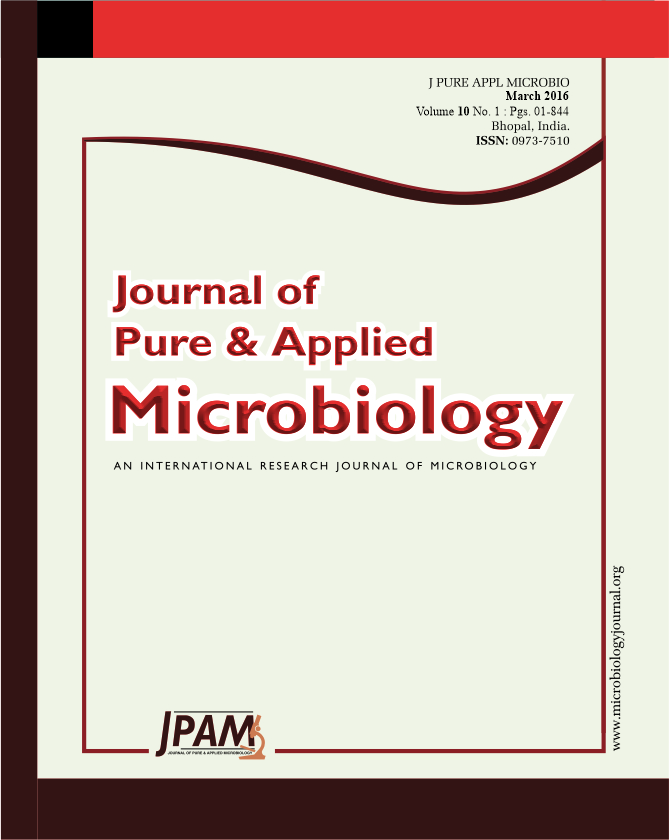A study was carried out in half diallel fashion with eight parents in brinjal. Parents were evaluated for estimation of gca and sca effects and variances for yield and yield contributing characters. The general and specific combining ability variances were significant for all the traits. The s2gca and s2sca ratio indicated that non-additive gene action was predominant for the inheritance of all the traits except fruit girth for which additive gene action was more important. The estimates of general combining ability effects suggested that parents GBL-1 and KS-331 were good general combiners for fruit yield per plant and its related attributes. The estimates of general combining ability effects suggested that parent GBL-1 was good general combiners for dry matter and total soluble sugars. The estimates of specific combining ability effects indicated that cross combinations viz., Doli-5 x GBL-1, AB-07-08 x GP-180 and AB-07-08 x KS-331 were observed to be most promising for fruit yield and some of its related traits. These crosses need to be exploited and also one can explore the possibility of isolating transgressive segregants from the segregating generations of these crosses.
Brinjal, Diallel, General combining ability and specific combining ability.
© The Author(s) 2016. Open Access. This article is distributed under the terms of the Creative Commons Attribution 4.0 International License which permits unrestricted use, sharing, distribution, and reproduction in any medium, provided you give appropriate credit to the original author(s) and the source, provide a link to the Creative Commons license, and indicate if changes were made.


